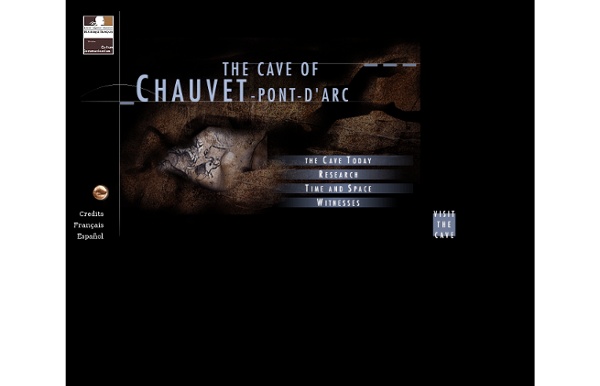



Thracian Tomb of Sveshtari General information[edit] Discovered in 1982 in a mound, this 3rd century BC Getic tomb reflects the fundamental structural principles of Thracian cult buildings. The tomb's architectural decor is considered to be unique, with polychrome half-human, half-plant caryatids and painted murals. In 2012, Archaeologists uncovered a significant treasure near the village. It has been suggested that it is part of the site of the Getan city of Helis.[1] The interior of the tomb The Entrance to the Tomb Mound See also[edit] References[edit] Jump up ^ Delev, P. (2000). Bibliography[edit] Alexander Fol, M. External links[edit] Coordinates:
Çatalhöyük Çatalhöyük (Turkish pronunciation: [tʃaˈtaɫhøjyc]; also Çatal Höyük and Çatal Hüyük; çatal is Turkish for "fork", höyük for "mound") was a very large Neolithic and Chalcolithic proto-city settlement in southern Anatolia, which existed from approximately 7500 BC to 5700 BC, and flourished around 7000BC.[1] It is the largest and best-preserved Neolithic site found to date. In July 2012, it was inscribed as a UNESCO World Heritage Site.[2] Çatalhöyük is located overlooking the Konya Plain, southeast of the present-day city of Konya (ancient Iconium) in Turkey, approximately 140 km (87 mi) from the twin-coned volcano of Mount Hasan. The eastern settlement forms a mound which would have risen about 20 m (66 ft) above the plain at the time of the latest Neolithic occupation. There is also a smaller settlement mound to the west and a Byzantine settlement a few hundred meters to the east. Archaeology[edit] The site was first excavated by James Mellaart in 1958. Culture[edit] Religion[edit]
Hominids Went Out of Africa on Rafts | Wired Science ANAHEIM, Calif. — Human ancestors that left Africa hundreds of thousands of years ago to see the rest of the world were no landlubbers. Stone hand axes unearthed on the Mediterranean island of Crete indicate that an ancient Homo species — perhaps Homo erectus — had used rafts or other seagoing vessels to cross from northern Africa to Europe via at least some of the larger islands in between, says archaeologist Thomas Strasser of Providence College in Rhode Island. Several hundred double-edged cutting implements discovered at nine sites in southwestern Crete date to at least 130,000 years ago and probably much earlier, Strasser reported January 7 at the annual meeting of the American Institute of Archaeology. Until now, the oldest known human settlements on Crete dated to around 9,000 years ago. “We’re just going to have to accept that, as soon as hominids left Africa, they were long-distance seafarers and rapidly spread all over the place,” Strasser says. Image: NASA See Also:
Marine archeology in the Gulf of Khambhat Marine archeology in the Gulf of Khambhat - earlier known as Gulf of Cambay - centers around findings made in December 2000 by the National Institute of Ocean Technology (NIOT). NIOT came across palaeo river channels in the sea. These were seen by the scientists involved to be the extension of the present day major rivers of the area. In a similar marine survey, in a Coastal Research Ship during 1999-2000 when Dr S Badrinaryan was the Chief Scientist, several unusual frames of Side Scan Sonar images were encountered. These had square and rectangular features in an arranged geometric fashion which are not expected by the scientist in the marine domain. Initial Discovery[edit] In May 2001, India's Union Minister for Human Resource Development, Science and Technology division, Murli Manohar Joshi, announced that the ruins of an ancient civilization had been discovered off the coast of Gujarat, in the Gulf of Khambhat. Follow-up excavations[edit] Controversies[edit] Carbon Dates[edit]